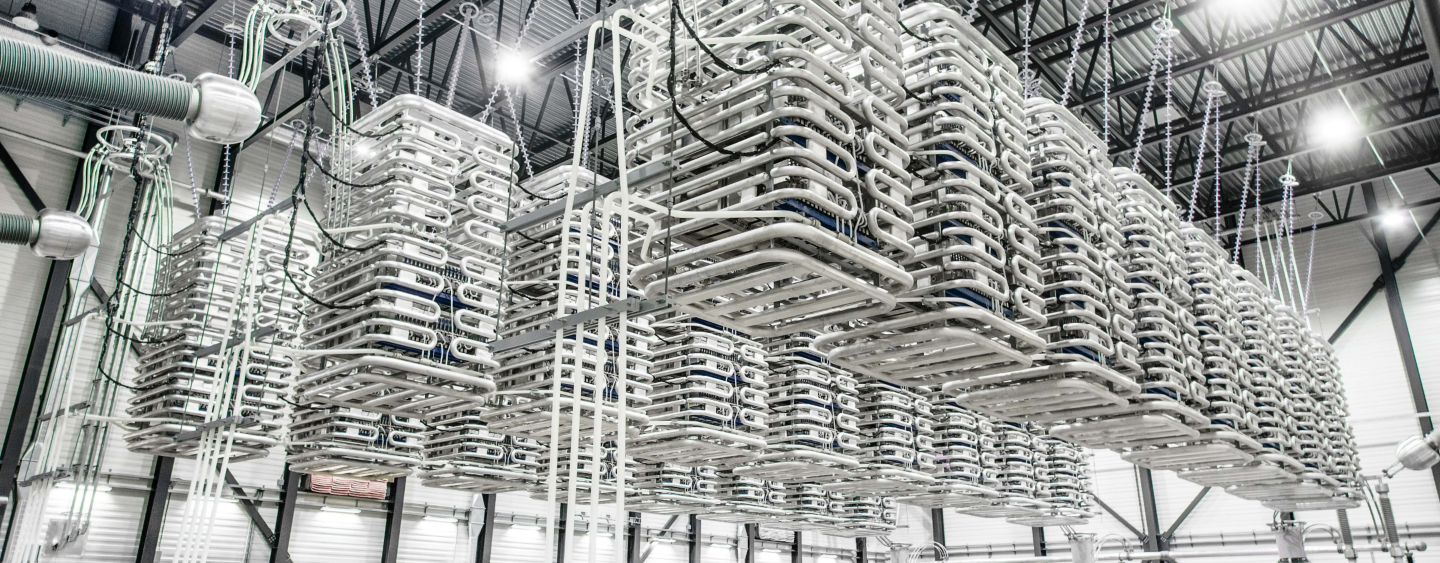3 min read
Hitachi Energy and Petrofac announce second project to support TenneT’s 2GW Program

Hitachi Energy, a global technology leader that is advancing a sustainable energy future for all, and Petrofac, a leading provider of services to the global energy industry, announced today the award of the second project under their multi-year Framework Agreement, worth more than $14 billion with TenneT, the Dutch-German transmission system operator to expand offshore wind capacity in the North Sea.
The companies will work together to deliver Nederwiek 1, a Dutch transmission system that is part of TenneT’s landmark 2GW Program, which consists of several high-voltage direct current (HVDC) offshore grid connection systems with a transmission capacity of 2 gigawatts (GW).
In an initial announcement earlier this year, Hitachi Energy and Petrofac reported the award of the six-project Framework Agreement. Under this landmark agreement, Hitachi Energy will supply its HVDC converter stations, which convert AC to DC power offshore and DC to AC onshore while Petrofac will undertake the engineering, procurement, construction, and installation (EPCI) of offshore platforms and elements of the onshore converter stations. Alongside the Framework Agreement came the award of the first project covered by the agreement, Ijmuiden Ver Alpha.
Since their initial announcement, Hitachi Energy’s and Petrofac’s teams have collaborated closely on the preparatory works, reserving production capacity in line with their new business model approach for HVDC technology and the platforms, and initiating the detailed design process for Ijmuiden Ver Alpha.
Today’s announcement reflects the project's strong momentum and early work for Nederwiek 1 is expected to start imminently.
“As a pioneering technology and market leader, we are delighted to collaborate to deliver our HVDC solution for Nederwiek 1, combining world-class energy and digital systems,” said Niklas Persson, Managing Director of Hitachi Energy’s Grid Integration business. “Our strong collaboration with Petrofac, based on an agile business model, scalable solutions and synergies among projects, allows us to join forces and support TenneT in its ambition to accelerate offshore wind deployment in the North Sea, granting European citizens more sustainable and reliable power.”
“We have been working collaboratively with our partner, Hitachi Energy, and our client on the first project, Ijmuiden Ver Alpha. The award of Nederwiek 1 allows us to take the project to the next stage as we continue to focus on the standardization and harmonization of design and execution that will be central to the ‘design one, build many’ philosophy of the 2GW Program,” said John Pearson, Chief Operating Officer, Energy Transition Projects of Petrofac. “By aligning ourselves with TenneT’s objectives, we aim to create a blueprint for the rapid deployment of large-scale infrastructure projects like the 2GW Program, that will be crucial to Europe’s energy transition.”
Additional projects within the TenneT’s 2GW Program are expected to be awarded approximately at six-month intervals. These are the grid connections landing at Geertruidenberg or Moerdijk (Nederwiek 3) and Eemshaven (Doordewind 1 and Doordewind 2). The sixth project, the German connection LanWin5, will be connected near Rastede, Germany.
TenneT’s 2GW Program
TenneT’s 2GW Program is a crucial step in Europe’s transition to a lower-carbon future. Germany, The Netherlands, Denmark, and Belgium have agreed to install at least 65 GW of offshore wind energy together by 2030. Two-thirds of this (40GW) will be accounted for by TenneT, with 20GW each in the German and Dutch North Seas. TenneT’s innovative 2GW Program will be vital to reaching these targets and will provide a blueprint for the delivery of future offshore grid connection systems. TenneT’s strategy focuses on standardization and fostering new contracting models within the supply chain to enable the creation of innovative and scalable solutions that can be quickly and cost-effectively deployed.